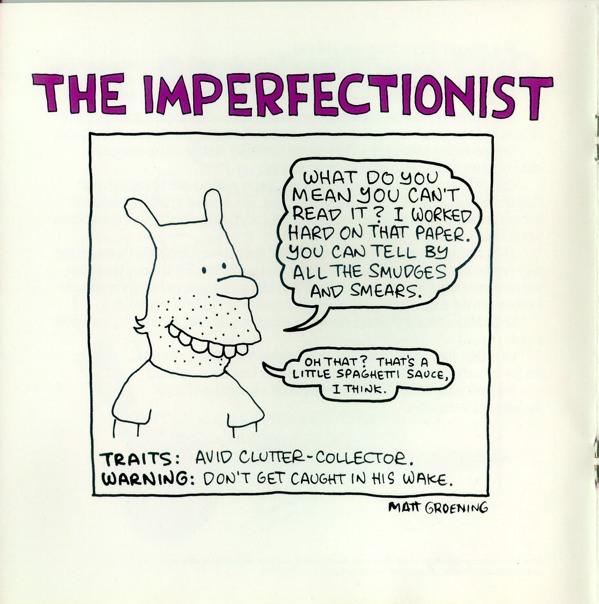I’ve learned you have to be careful when you get lost in an idea. As an artist, you have to get a little lost. Otherwise you won’t discover anything interesting. But you have to avoid getting so lost that you’re unable to walk away and keep exploring. Media artist Kyle McDonald writes about the aftermath of his People Staring at Computers Apple Store project that drew attention last summer after he was investigated by the Secret Service.
Tag: apple
-
Kyle Mcdonald on Getting a Little Lost
-
Rip Steve Jobs

I remember when Wired ran their May, 1997 issue, focusing on the downfall and imminent demise of Apple with this striking (and to some, controversial) cover. Most of their “101 Ways to Save Apple” suggestions are in hindsight nonsensical (merge with Sega to make games!), a few were prescient (build a ~$250 PDA phone that can do email!), but one definitely stands out as the prize winner:
50. Give Steve Jobs as much authority as he wants in new product development. … Even if Jobs fails, he’ll do it with guns a-blazin’.
He definitely didn’t fail, by anybody’s standards. It’s hard to think of many individuals out there who have had a bigger impact on popular computing and technology, not to mention who have led the charge for design and innovation as still-relevant business ideals in the 21st Century. RIP Steve Jobs.
-
Visual 6502

Archeology Magazine has a feature story about the “digital archeologists” behind Visual6502, the group “excavating” and fully remapping the inner workings of the classic 8-bit MOS Technology 6502 microprocessor. That might not sound interesting, but if you’ve been alive for more than 20 years you know the chip: it was the heart of early home computers ranging from the Apple I and Apple ][ to the Atari game consoles all the way up to the Nintendo NES.
Very cool and all, but in case you’re still not interested, here’s some excellent trivia slipped into the article:
In the 1984 film The Terminator, scenes shown from the perspective of the title character, played by Arnold Schwarzenegger, include 6502 programming code on the left side of the screen.
Whaaat!? The SFX team working on The Terminator went so far as to copy actual assembly code into their shots? That’s pretty awesome! So where’d they get it? It was copied from Apple II code published in Nibble Magazine (even the T-800 enjoys emulators when its not busy hunting down humanity, I guess).
Bonus nerdery: check out this HTML5 + JavaScript visual simulation of the 6502 chip. Holy smokes!
(Via Discover, photo from the Visual6502 site)
-
Matt Groening Apple Ads

One of a handful of cartoons that Matt Groening created back in the late 80’s for a Macintosh ad brochure targeting new college students. Apart from Life in Hell’s Bongo, I think the other drawings are original characters? Just noticed this in the fine print on the back cover:
The characters in this brochure are fictional, and any similarities to actual persons, friends, or significant others is purely coincidental.
Whew, glad they cleared that up!
-
iPad Classic
iPad Classic. Now we’re talkin’!
(Via El Reg)
-
Iphone Resolution

Phil Plait of Bad Astronomy lucidly explains display resolution, clearing up arguments about the iPhone 4’s retinal display technology:
Imagine you see a vehicle coming toward you on the highway from miles away. Is it a motorcycle with one headlight, or a car with two? As the vehicle approaches, the light splits into two, and you see it’s the headlights from a car. But when it was miles away, your eye couldn’t tell if it was one light or two. That’s because at that distance your eye couldn’t resolve the two headlights into two distinct sources of light.
The ability to see two sources very close together is called resolution.
DPI issues aside, the name “retinal display” is awfully confusing given that there’s similar terminology already in use for virtual retinal displays…
